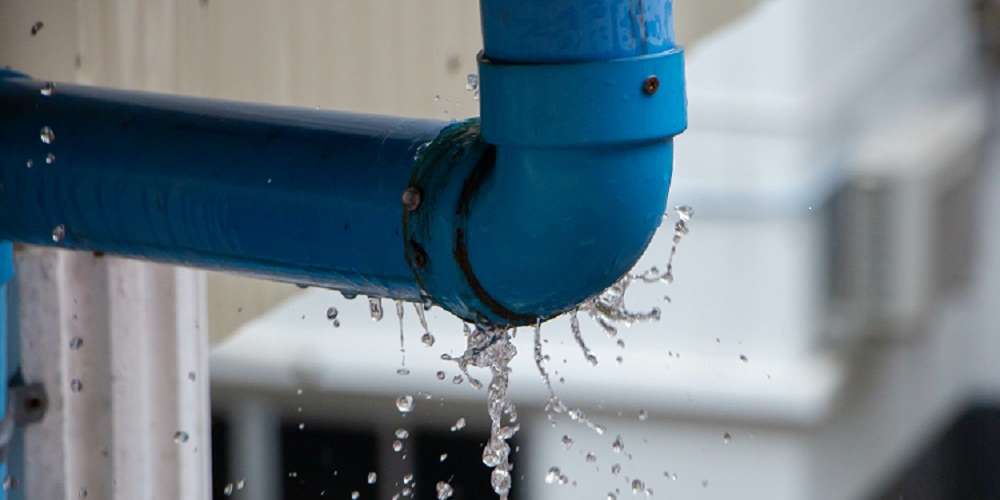How do you actually feel about Leaking water lines?

Early detection of dripping water lines can minimize a potential disaster. Some little water leakages may not be noticeable.
1. Take A Look At the Water Meter
Every house has a water meter. Checking it is a surefire manner in which helps you uncover leakages. For starters, turn off all the water resources. Make sure nobody will certainly flush, utilize the faucet, shower, run the washing equipment or dish washer. From there, most likely to the meter and watch if it will certainly change. Given that no person is using it, there ought to be no activities. That suggests a fast-moving leak if it moves. Furthermore, if you find no changes, wait a hr or 2 and also examine back again. This implies you may have a slow-moving leakage that could even be below ground.
2. Examine Water Consumption
If you detect sudden changes, in spite of your intake being the exact same, it implies that you have leaks in your plumbing system. An unexpected spike in your expense suggests a fast-moving leakage.
On the other hand, a steady boost on a monthly basis, even with the very same habits, shows you have a slow-moving leak that's additionally gradually rising. Call a plumber to completely inspect your residential or commercial property, especially if you really feel a warm area on your floor with piping beneath.
3. Do a Food Coloring Test
30% comes from commodes when it comes to water consumption. Examination to see if they are running correctly. Decrease specks of food color in the tank and wait 10 minutes. There's a leak between the storage tank as well as dish if the color in some way infiltrates your bowl throughout that time without flushing.
4. Asses Exterior Lines
Don't fail to remember to examine your outdoor water lines too. Must water permeate out of the connection, you have a loosened rubber gasket. One small leakage can waste tons of water as well as increase your water expense.
5. Evaluate and also Assess the Situation
Home owners need to make it a behavior to examine under the sink counters and also even inside closets for any bad odor or mold development. These 2 red flags indicate a leak so timely interest is required. Doing routine inspections, also bi-annually, can conserve you from a significant trouble.
If you recognize your residence is currently old, maintain a watchful eye on your heaters, tubes, pipes and so on. Check for discolorations as well as weakening as the majority of home appliances and pipes have a life expectancy. They will likewise normally wear away due to deterioration. If you think leaking water lines in your plumbing system, don't await it to escalate. Call a professional plumber immediately so you do not end up with a horrible mess in your home.
Early discovery of dripping water lines can reduce a potential disaster. Some tiny water leakages may not be visible. Checking it is a surefire method that aids you uncover leakages. One small leakage can lose loads of water and also surge your water costs.
If you think dripping water lines in your plumbing system, don't wait for it to escalate.
WARNING SIGNS OF WATER LEAKAGE BEHIND THE WALL
PERSISTENT MUSTY ODORS
As water slowly drips from a leaky pipe inside the wall, flooring and sheetrock stay damp and develop an odor similar to wet cardboard. It generates a musty smell that can help you find hidden leaks.
MOLD IN UNUSUAL AREAS
Mold usually grows in wet areas like kitchens, baths and laundry rooms. If you spot the stuff on walls or baseboards in other rooms of the house, it’s a good indicator of undetected water leaks.
STAINS THAT GROW
When mold thrives around a leaky pipe, it sometimes takes hold on the inside surface of the affected wall. A growing stain on otherwise clean sheetrock is often your sign of a hidden plumbing problem.
PEELING OR BUBBLING WALLPAPER / PAINT
This clue is easy to miss in rooms that don’t get much use. When you see wallpaper separating along seams or paint bubbling or flaking off the wall, blame sheetrock that stays wet because of an undetected leak.
BUCKLED CEILINGS AND STAINED FLOORS
If ceilings or floors in bathrooms, kitchens or laundry areas develop structural problems, don’t rule out constant damp inside the walls. Wet sheetrock can affect adjacent framing, flooring and ceilings.
https://www.servicemasterbyzaba.com/blog/how-to-detect-water-leakage-in-walls/

We hope you enjoyed our section about Hacks to detect leaks. Thanks so much for finding the time to read our post. For those who enjoyed our page kindly do not forget to pass it around. Thanks a bunch for your time. Come back soon.